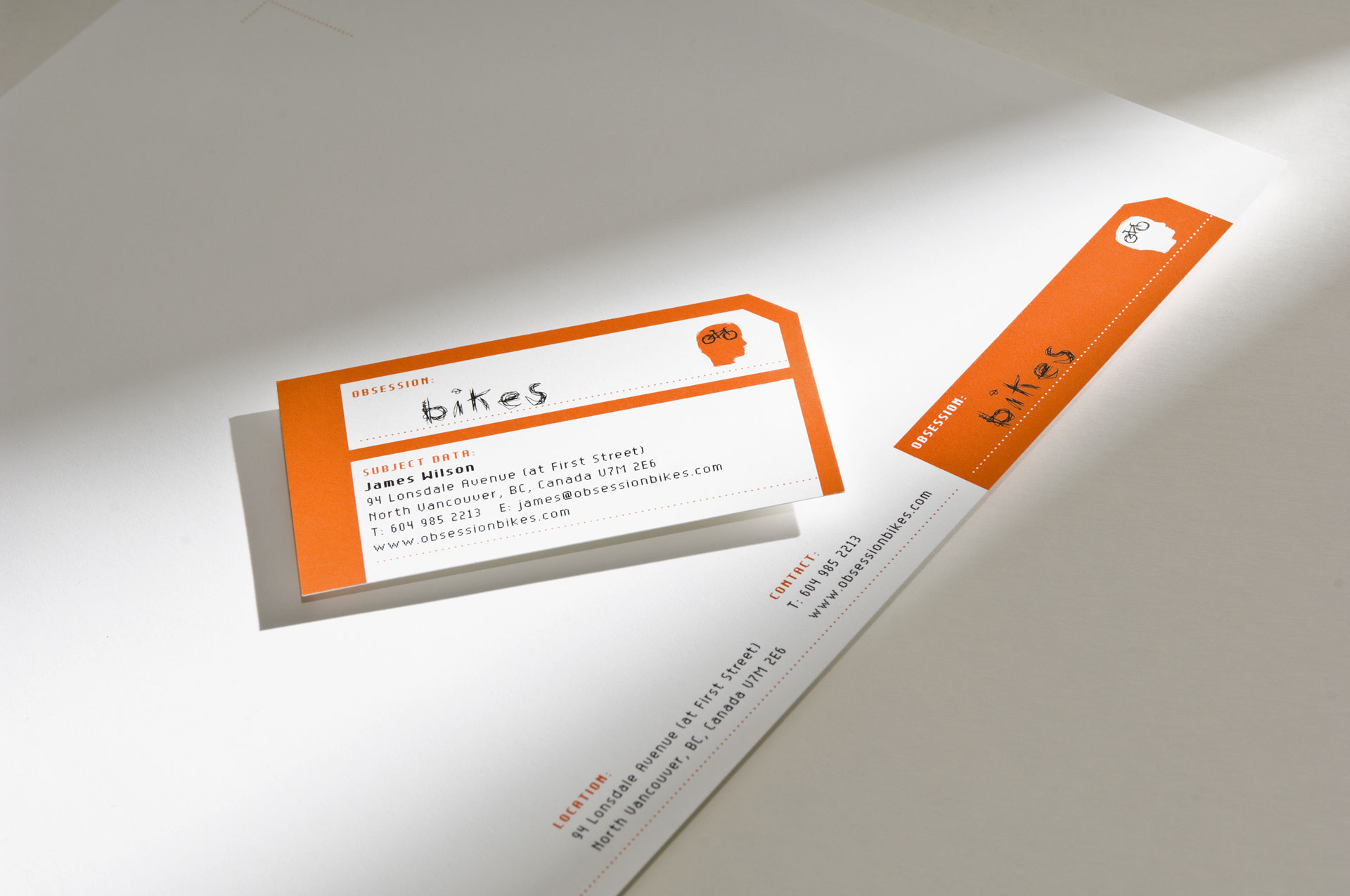Sustainability—What’s in a Word
It’s time the truth came out. I don’t believe being an environmentalist can save the world. Environmentalists have an important role to inform us of the health of our planet and sound the alarm when we’re about to derail the future of the species, but being an environmentalist alone is a road to disaster because it excludes a vast majority of people with insights about how their world thrives. Without inclusion of all stakeholders, we’re hooped, no matter how many alarms go off.
I was communicating sustainability before it was called sustainability. Back then it was environmentalism. I was a communications practitioner on the very first Globe conference series, GLOBE’90 for business and the environment. I worked behind the scenes to bring disparate stakeholders together and give advice to create a narrative that reflected all their priorities, not just a singular vision to save the eco system. Partners included both the Canadian Nuclear Association and anti-nuclear groups who showed not only what they could do but, how they could co-exist. I believed then as I do now that the path – the only path – to the planet’s survival is a comprehensive approach that integrates social, economic and environmental priorities.
That means acknowledging that humans have different priorities and sometimes our goals have flaws. But often those flaws lead us to surprising strengths. So we have to ask ourselves what success looks like. Perhaps it’s more achievable if we redefine it to be inclusive. If we start with a societal conversation, we’re off to a very good start. We can do that if we first acknowledge that we won’t thrive by stepping on each other.
When I Came Back, Chicken Little Was Gone
In the 90’s after working for the environment for several years, I was disillusioned with the green wash that was at one end of the spectrum, and the panicked doom and gloom predicted by Chicken Little at the other. I walked away from the environmental movement to pursue social marketing and brand building till it could grow up a little, tell the truth without saying the sky was falling. When I came back it had a new name: Sustainability. It had a new look too. Energy and waste had made room in the tent for other innovations such as architecture, engineering, systems that included community values in their supply chain. Now we were talking. I could work with this sustainability creature.
I could help it reach others and connect on many levels. I worked with the built environment to show architects and engineers that a building’s capital investment isn’t the only way to measure profit and that it’s even more valuable if it’s part of a larger sustainable community. I worked with the University of British Columbia to show the world that innovation is evolving and a living laboratory is critical because it allows for mistakes that lead us to find answers. It turned out that municipalities and small businesses are leading the charge in their way too. They know that to thrive, they have to look to their stakeholders and even their stakeholders’ stakeholders. They must collaborate to innovate, to reduce carbon, to re-think waste and create social programs that allow others to contribute and above all, respect the rights of humans, the economy and the environment.
This new creature is moving past the remorse and chest beating of past mistakes. It acknowledges that we are able to do something in our way that makes improvements just by changing the few things we can control while working toward bigger changes, sometimes regulations. We are learning to accommodate the flaws to mitigate, grow and even benefit from mistakes so we don’t make them again.
And I know there is a great deal of debate about replacing the word “sustainability.” A shift away from the negative of what we’ve done wrong should come with a word that exemplifies the positive, how we’re working on getting it right. “Resilience” is getting traction but that still invokes conflict. We’re really talking about how to survive and thrive. Perhaps moving away from putting sustainability first is the best way to start. It’s time sustainability underscored everything we do, rather than be a separate asset we offer. We’ve moved from doing less harm, creating zero waste and being carbon neutral, toward doing good and being carbon positive. Semantics can drive you nuts and make you forget that saving the world requires much more than a logo on your chest and a cape.
—Lynn Warburton
